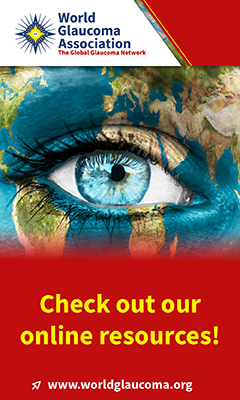advertisement

Abstract #123910 Published in IGR 25-1
Geleophysic dysplasia and Weill-Marchesani syndrome: a possible common gene
Duzenli T; Uysal BS; Ulas B; Kayhan GOphthalmic Genetics 2024; 45: 499-505
BACKGROUND: Geleophysic dysplasia (GD) and Weill-Marchesani syndrome (WMS) are two rare genetic disorders that are classified as acromelic dysplasias and have many common features that overlap clinically and genetically in some patients. Both diseases are characterized by acromelic features, including short stature, brachydactyly, joint limitations, and cardiac involvement. WMS is distinguished from GD mainly by ocular abnormalities, including high myopia, microspherophakia, ectopia lentis, and glaucoma and the absence of the life-threatening airway stenosis and early lethality. These two syndromes are allelic diseases of the gene, with the gene families including A Disintegrin and Metalloproteinase with Thrombospondin motifs (ADAMTS) and latent transforming growth factor-beta-binding protein (LTBP). Although the gene has been associated only with GD within the acromelic dysplasias, there have been reports of patients with -related GD exhibiting ocular abnormalities that resemble WMS. METHODS AND RESULTS: We present a 24-year-old female patient with microspherophakia, ectopia lentis, myopia, short stature, joint stiffness, thick skin, short hands and feet, and cardiac valve disease consistent with WMS. The virtual panel analysis, including WMS and GD-related genes, revealed a homozygous c.493 G>A (p.Ala165Thr) variant in the gene (NM_014694.4), which has been previously reported in a geleophysic dysplasia patient. CONCLUSIONS: Mounting evidence suggests that GD and WMS may be allelic diseases of the gene.
Faculty of Medicine, Department of Medical Genetics, Gazi University, Ankara, Turkey.
Full article